
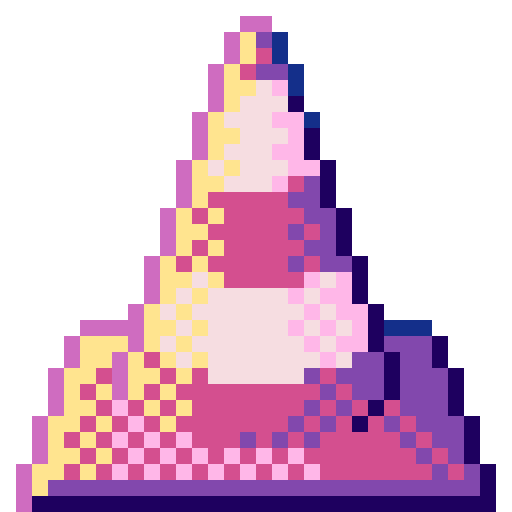
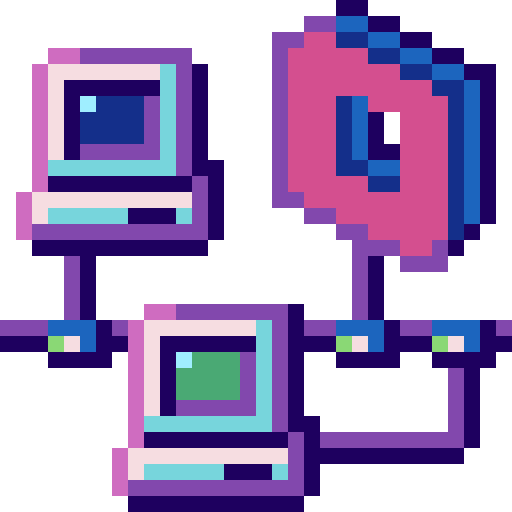
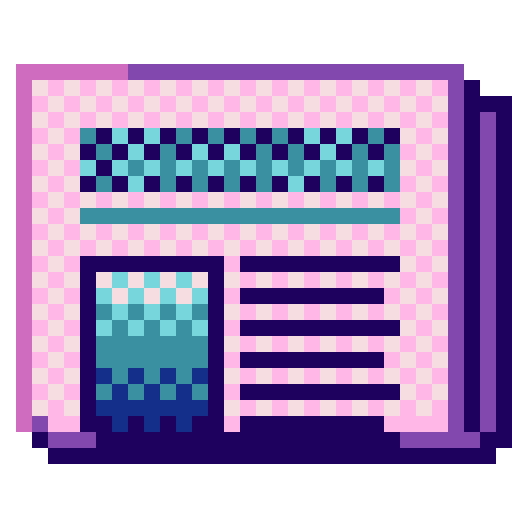
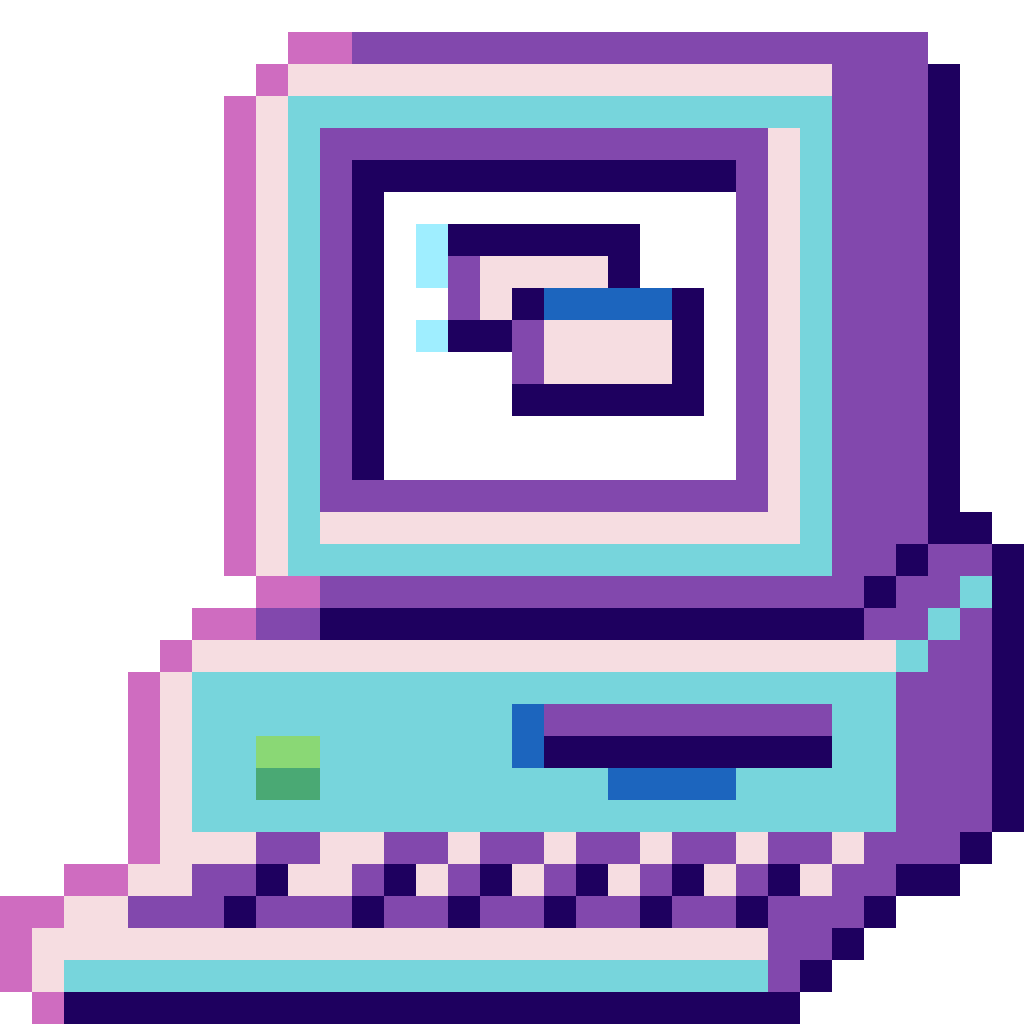
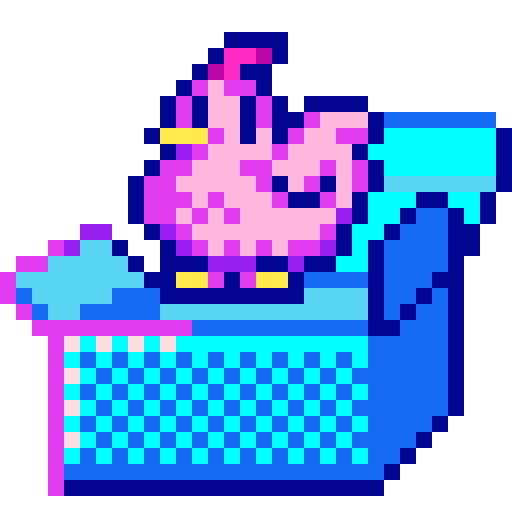
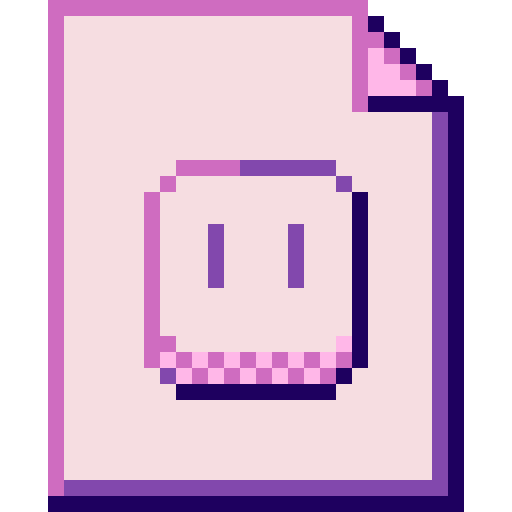
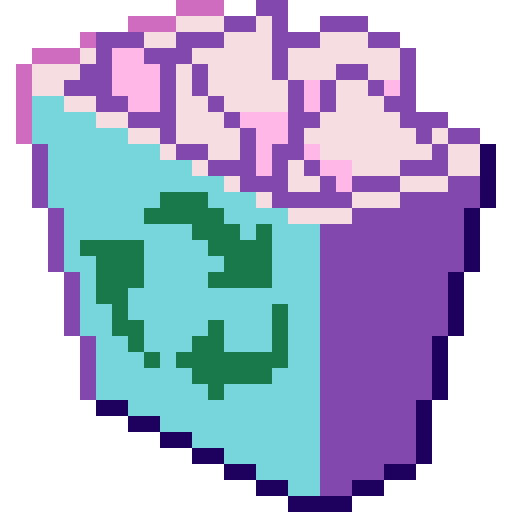
[설정]으로 이동하여 Windows를 정품 인증합니다.
90 days to better reading skills
become a more confident reader by focusing on things that matter
You already deal with compressed language in English:
But in Korean? Total blackout. Not because you don't know the words. Because you haven't had time to develop the microskill of filling in the blanks incompressed Korean.
Training wheels don't teach kids to ride bikes faster. Quite the opposite - they delay learning balance - the actual skill that makes riding possible.
Most classes work like training wheels. They give you vocabulary and grammar, but without context. This approach skips the microskills that make native-like comprehension possible.
⚠️ The Exposure Gap
Native speakers develop tons of critical subskills through natural exposure:
1. compressed language
Automatic expansion of particle-dropped, noun-chained formal register
2. 사투리 skills
Dialect patterns and regional variations
3. 한자 Intuition
Root-based vocabulary expansion and even character knowledge
⚠️ but i don't read the news
Native speakers develop this intuition through lifelong, passive exposure. As learners, we don't get really get the chance to experience these things in low-stakes situations. Learners are usually forced to decode them in the wild—with no framework.
This isn't a vocabulary problem. It's a pattern recognition problem.
Comprehensible + Compelling Input
Language acquisition happens through comprehensible input that's slightly above your current level.
But input must be compelling. You need to care about the story, not just decode the grammar.
The Problem:
Compressed Korean only exists in the wild in narrative format in one place: the news.
But real Korean news can be pretty tough. And boring. Plus, we all know that fake practice articles can feel... fake.
Our Solution: 용궁포
We built an entire fictional Korean city called 용궁포 complete with:
- Multiple news outlets with different editorial voices
- Recurring characters and ongoing storylines
- Real Korean news format and compression patterns
- Purposefully graded content that still feels authentic
(용궁포 stories)
📰 Welcome to 용궁포
A new Korean city where compelling stories come at a learner-friendly difficulty.

반도신문
Progressive Outlet
cutting-edge investigative reporting and with a rebellious edge

해동일보
Conservative Outlet
한자-filled stories about business and politics with connections to the old guard

애국자TV
Unhinged Conspiracy Theories
a look into the wild world of what boomers are reading online
Why Multiple Outlets?
The diverse Korean media landscape uses a wide variety of different styles. By following the same stories across outlets, you can learn to read between the lines like native speakers do.
Get big picture. Follow a story with multiple narrators and figure out for yourself how it all fits together - and what's really going on.
▶ Pattern Recognition
Good news: all this compressed Korean follows predictable patterns. Once you see them, you can't unsee them.
The idea is to develop these skills while reading compelling stories.
한자 Vocabulary Webs
Less rote memorization. Learn to intuitively recognize the roots that unlock entire vocabulary families:
announcement
discovery
development
occurrence
departure
📚 A Different Kind of Course
We built 문해력패치 to be a healthy acquisition environment to help learners start to develop native-level intuition.
📚 12-Week Program
a guided adventure with lessons that work in tandem with the story
🎯 Diverse Lesson Frameworks
Pattern lessons, vocabulary webs, quantitative literacy, a 한자 mini course, and more
🌐 Comprehensive Media Ecosystem
Multiple outlets designed with real-world counterparts in mind
🔄 Skill Transfer
Learn to apply what you learn to the real world experiences you'll have in Korea - signs, forms, announcements, speeches, and more
♾️ Lifetime Access
All updates and additions to the course are included
Important Note:
This course is best suited for learners with at least a high beginner level of Korean. That being said, highly motivated beginner learners with a keen interest in the story and subject matter can definitely benefit from the course. You have lifetime access, anyway.
ready to get started?
문해력패치 1.0
improve your reading skills by focusing on what matters
I've got a confession: I'm a bit of a policy wonk. 🤓
With my background in political science and economics, I tend to analyze things—including language learning—through social science principles. And there's this concept from economics that perfectly explains why some Korean learners break through to advanced fluency while others plateau forever.
It's called the multiplier effect.
When a government invests a dollar in infrastructure, the total economic impact isn't just that single dollar. It creates ripples: construction workers get hired, they buy lunch at local restaurants, those restaurant owners pay their employees, who then buy groceries. One strategic dollar generates three dollars of economic activity.
강풍주의보 발효. 해안가 및 산간지역 외출 자제 바람 시설물 관리 철저히 하시기 바랍니다.
Native Korean speakers have been absorbing these patterns their whole lives. You haven't. That's the exposure gap. That's what creates the plateau.
I'm not going to tell you that mastering one skill magically unlocks everything. That's not how language works, and you're too smart for that pitch.
What I will tell you is this: Korean Patch focuses on the micro-skills Korean speakers have that textbooks don't teach.
You didn't grow up seeing Korean headlines on the subway. You never had to fill out Korean government forms in passing. You've never squinted at a 기상특보 (weather alert) wondering why 강수확률 sounds so unnecessarily formal for "chance of rain."
so let's fix that.
Grammar Lessons You'll Actually Use
This course focuses on the structures that appear constantly in formal Korean:
- Sentence Architecture: Particle dropping, noun chains, nominalization—the compression techniques that create information density
- Attribution Hierarchy: 말했다 → 밝혔다 → 발표했다 → 선언했다 (each level signals different authority)
- Investigation Patterns: Confirmed vs. under investigation vs. speculation—how Korean media signals certainty levels
- Temporal-Event Sequences: Timeline construction that appears in accident reports, policy rollouts, court cases
- Euphemistic Language: How Korean institutions avoid direct blame
Example sentences come straight from the story, so you're tuned into all the details that make language work. No owl telling you their "space ship is full of eels" here.
why the news?
Here's the thing about Korean literacy: Exposure to written Korean—particularly news language—isn't just another skill to add to your repertoire. It's a strategic investment with compounding returns across your entire Korean ability.
When you learn to decode Korean news patterns, you're not really learning how to read newspapers. You're building the foundation on which multiple other comprehension abilities rest.
Documents you need to fill out in Korea. Business announcements. Medical forms. Public signage. Even the speech patterns in Korean dramas and the announcements on subway escalators.
Why News Korean? Why Not Just "Formal Korean"?
Because Korean news is where formal patterns appear in their most compressed, consistent, and pattern-rich form. It's the training ground that gives you systematic exposure to:
- 한자 building blocks that unlock hundreds of vocabulary families
- Institutional language used across government, medical, and legal contexts
- Sentence architecture that appears in every formal Korean document
- Cultural frameworks for understanding Korean society and power dynamics
Korean speakers spent their entire lives absorbing these patterns from newspapers, government announcements, school documents, and signs everywhere around them. You haven't. And no amount of K-drama or TOPIK prep fills that specific gap.
That's the gap we're filling.